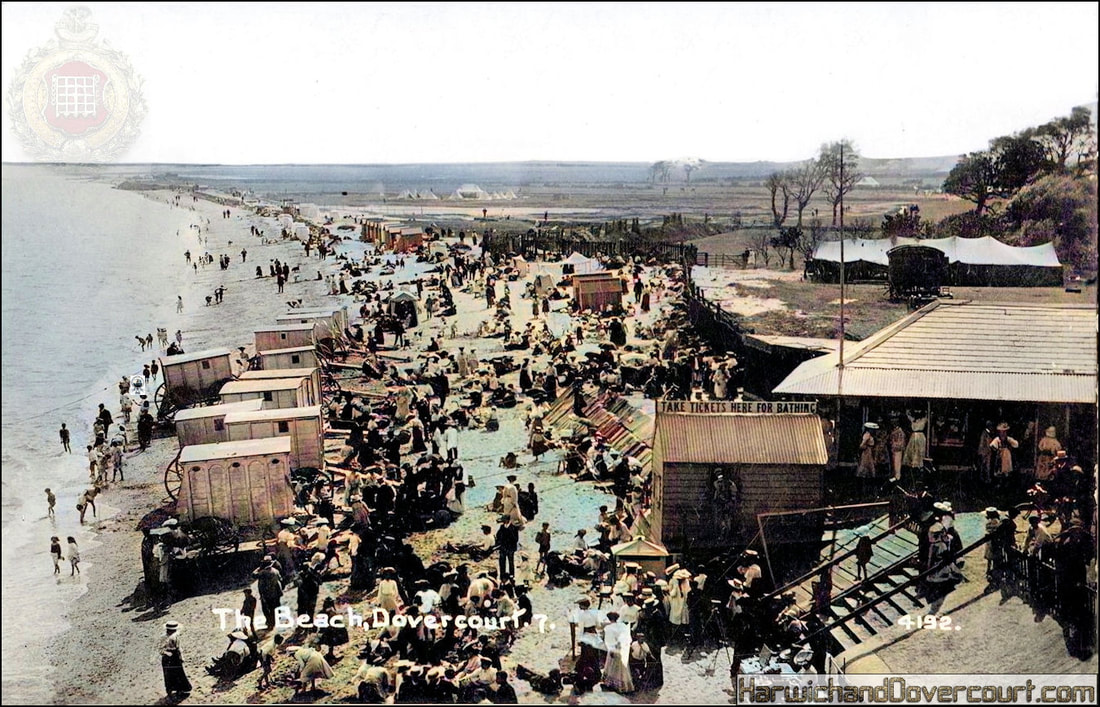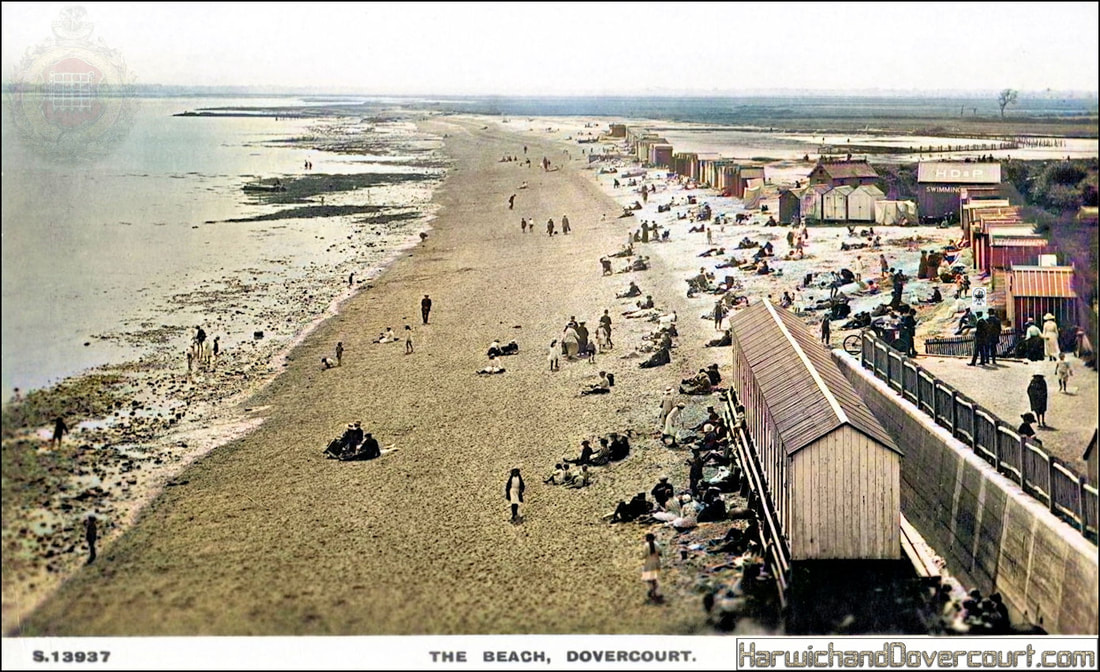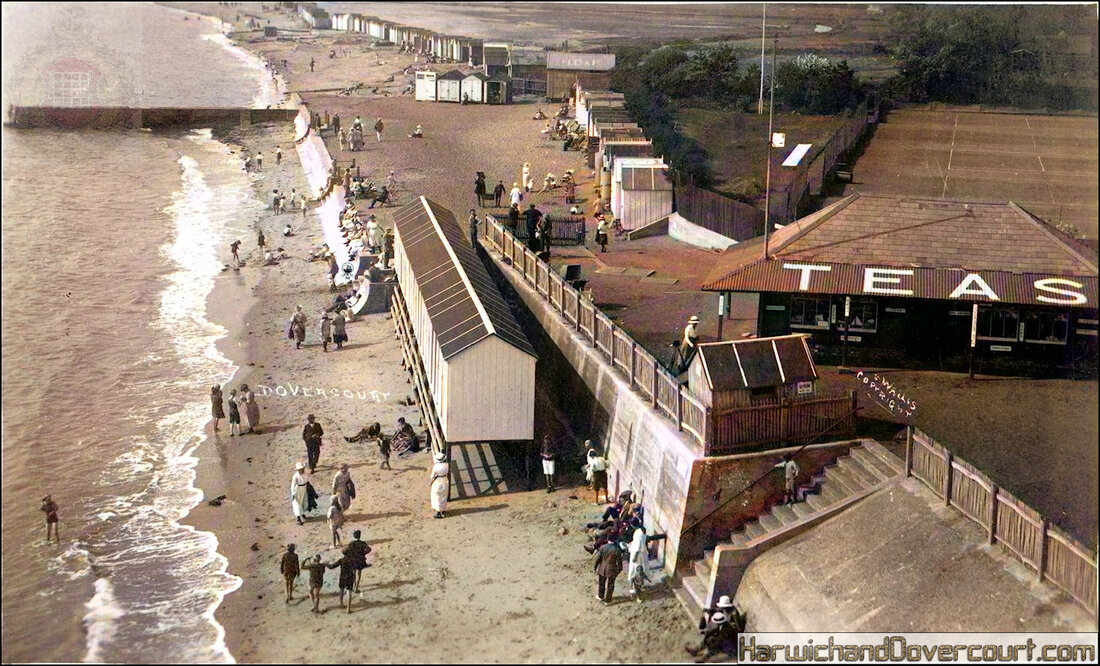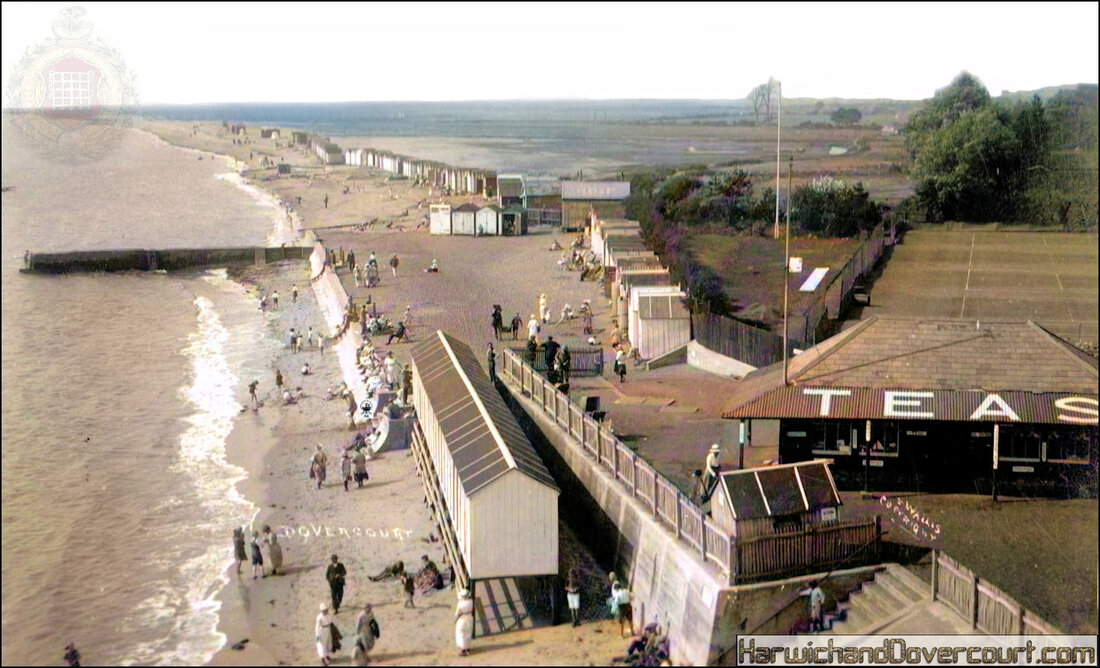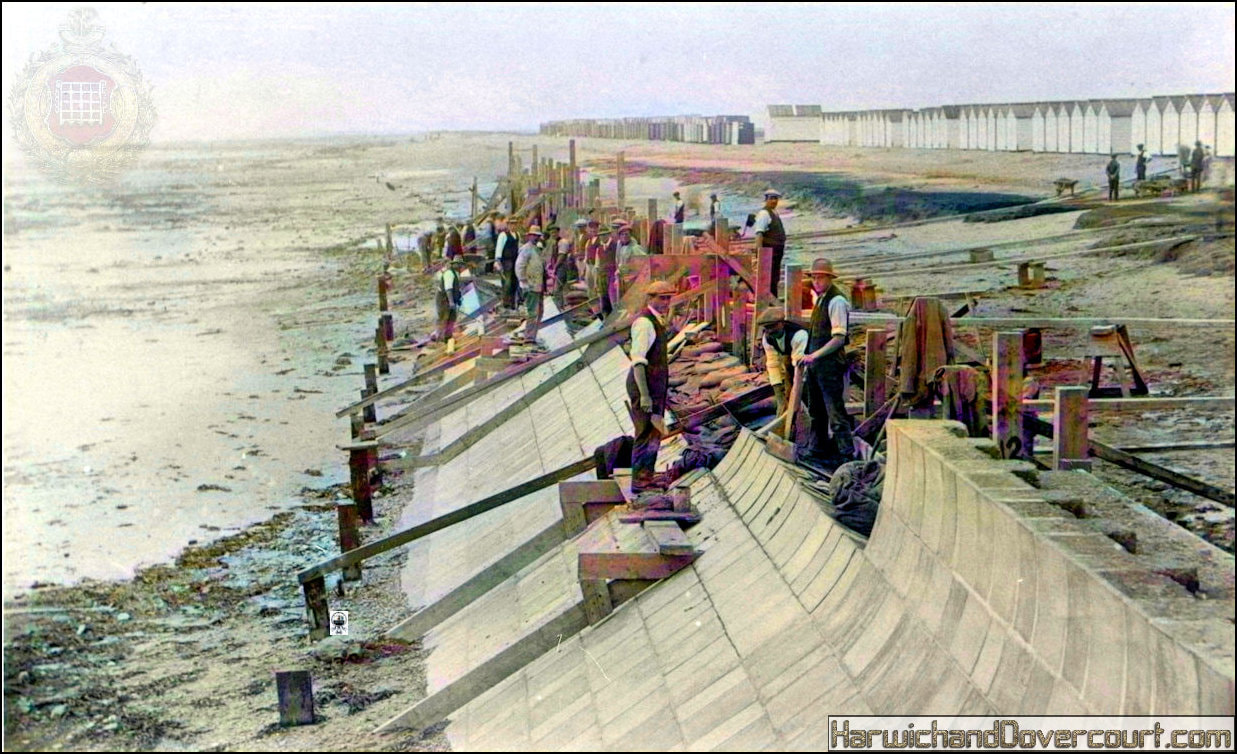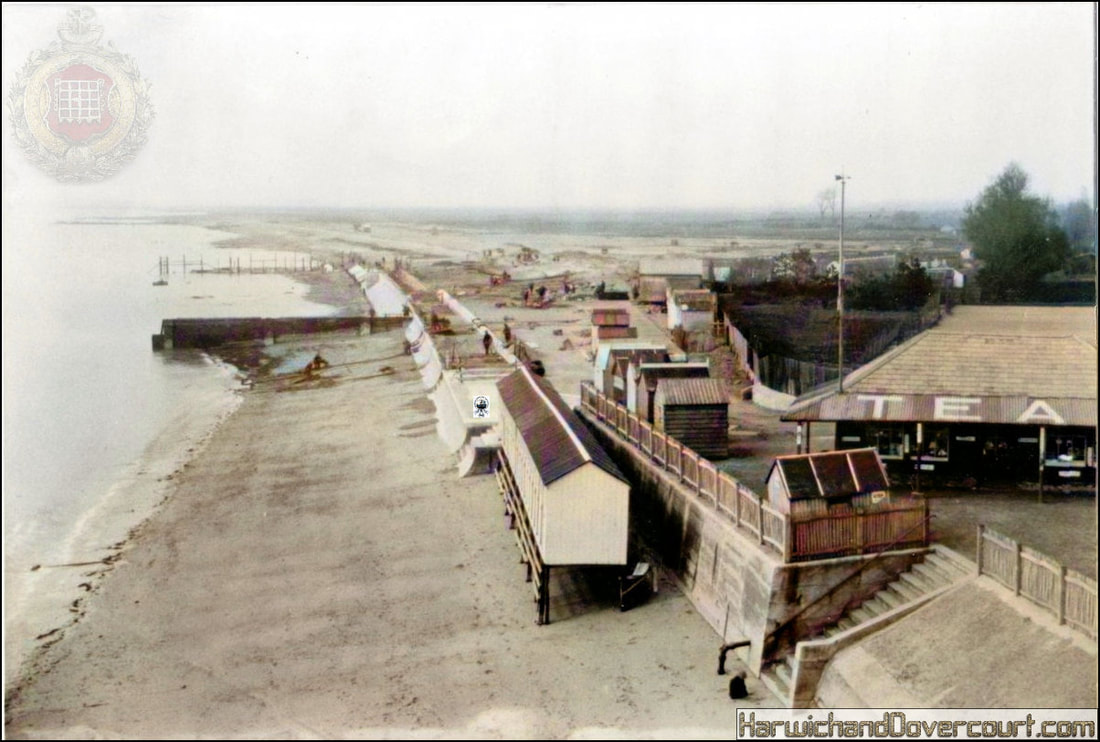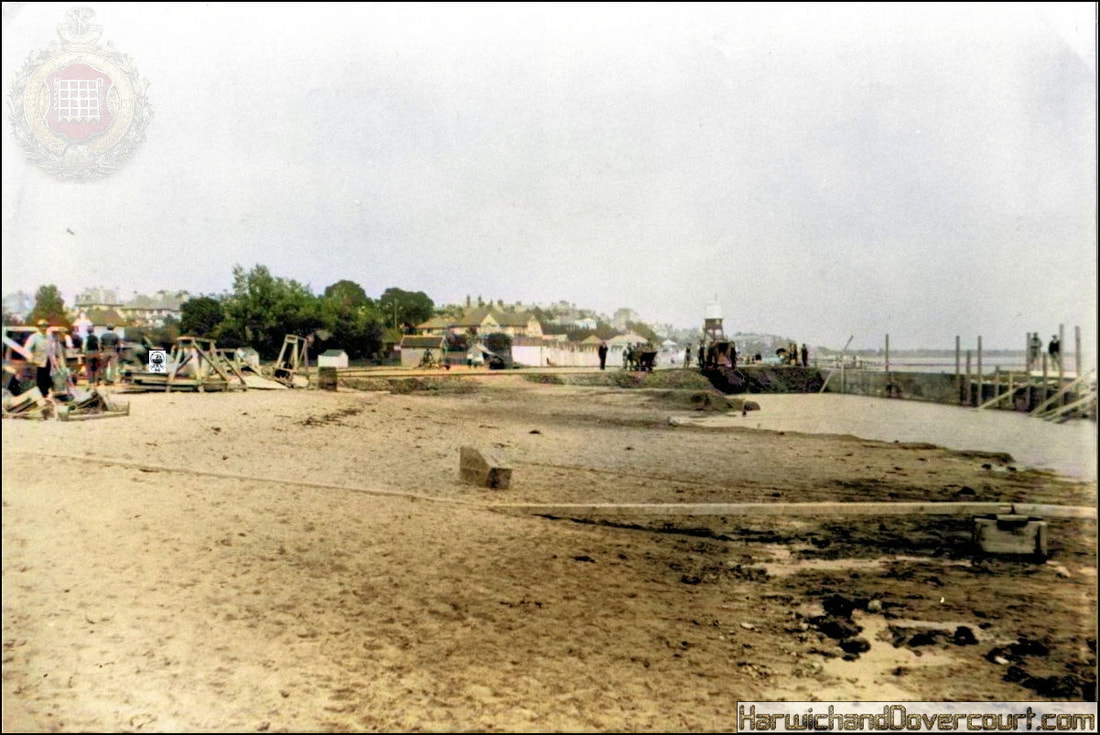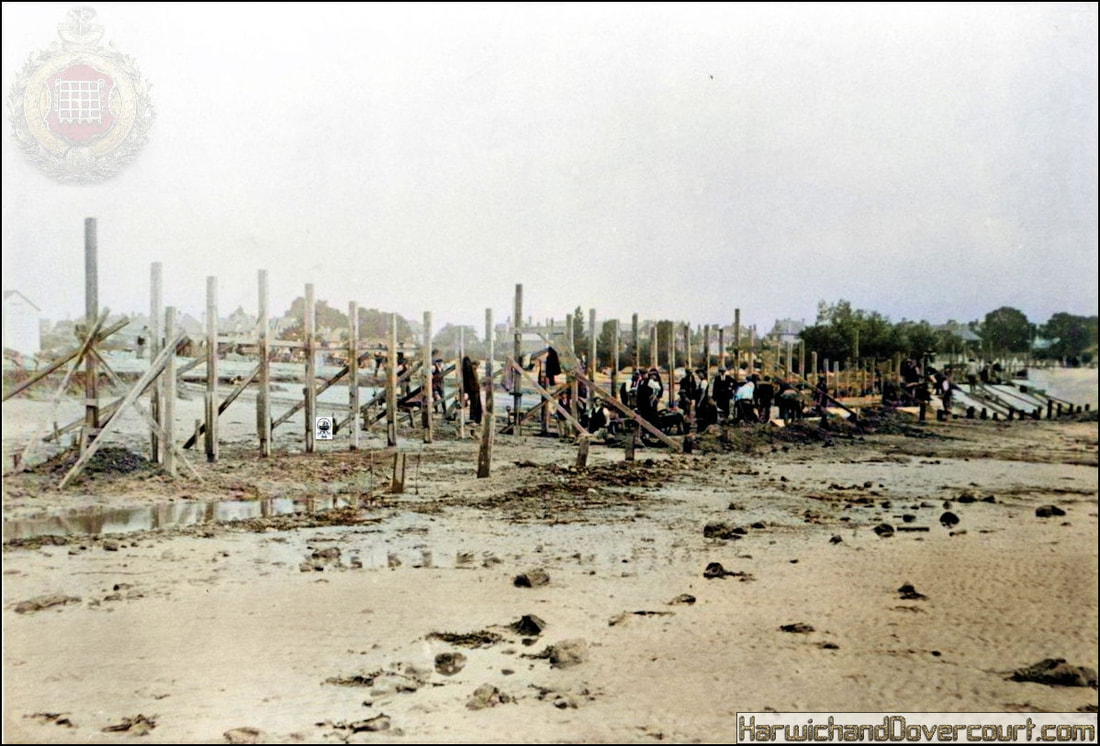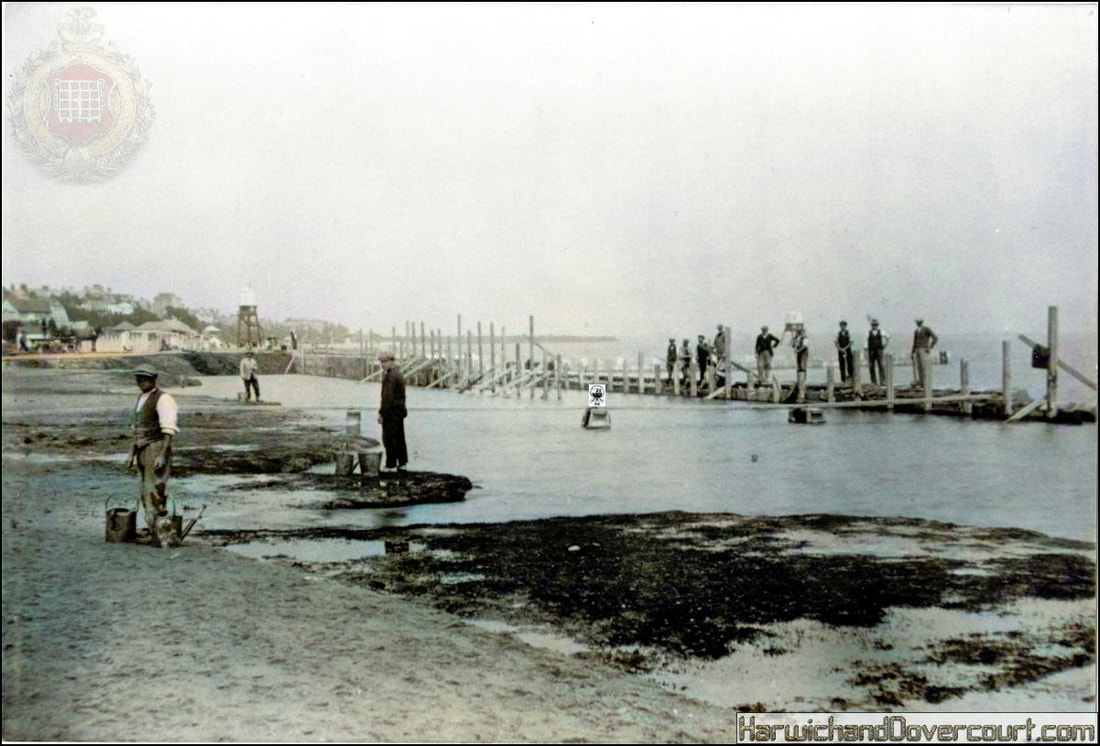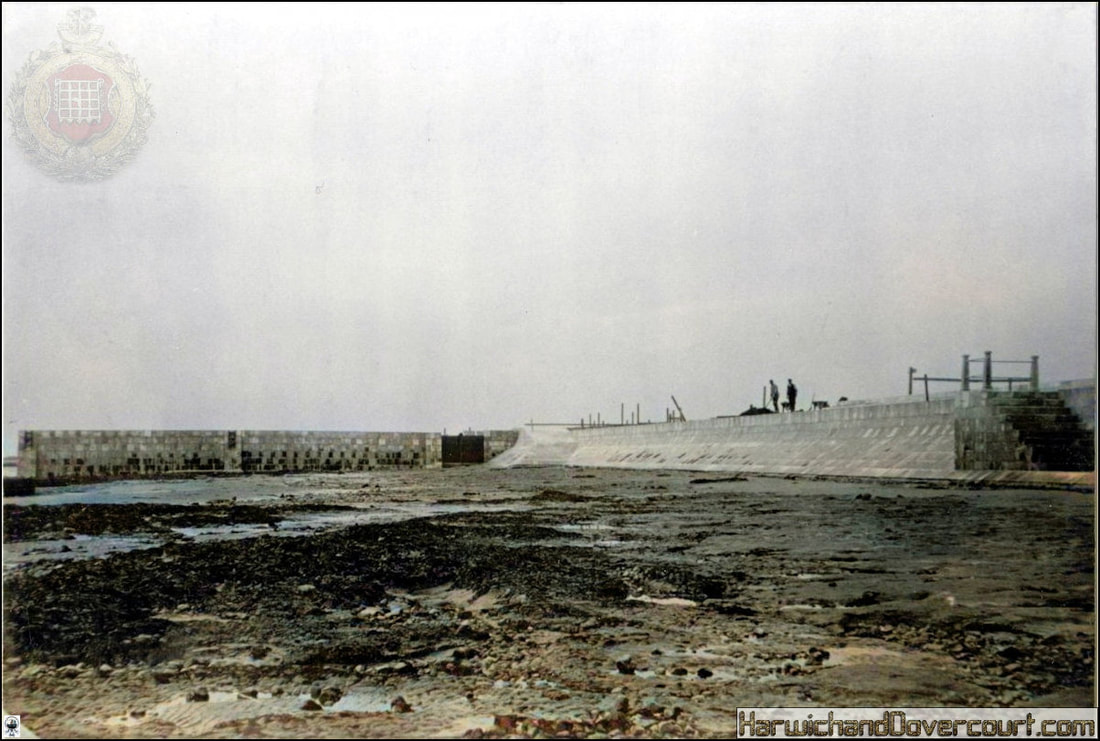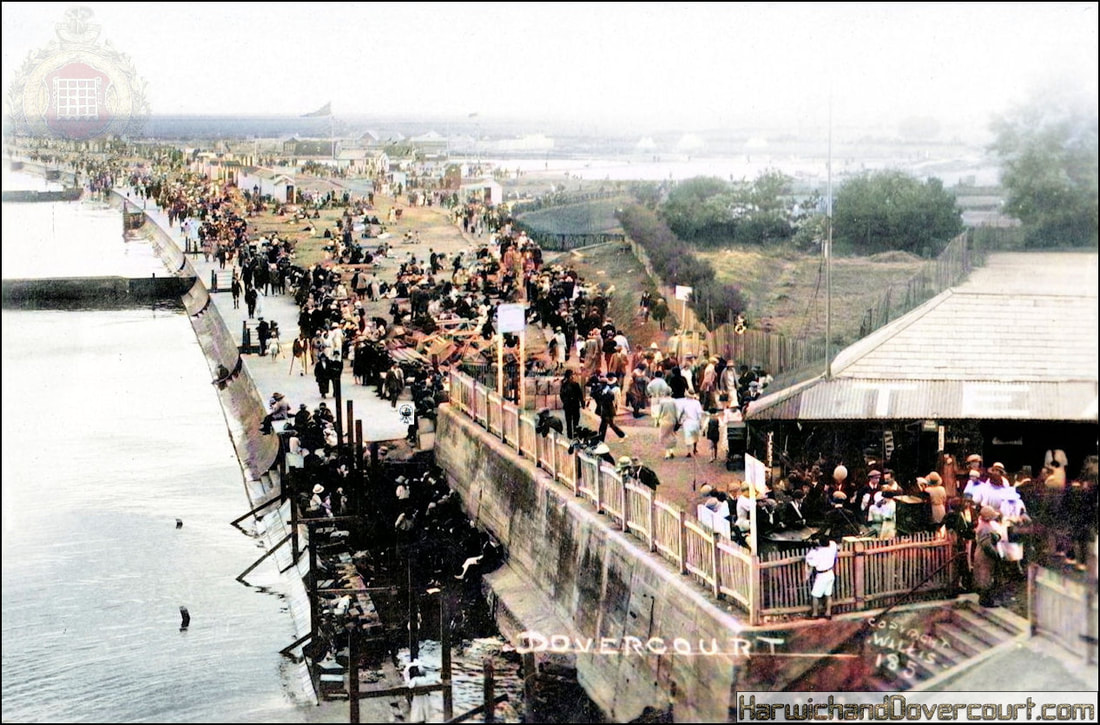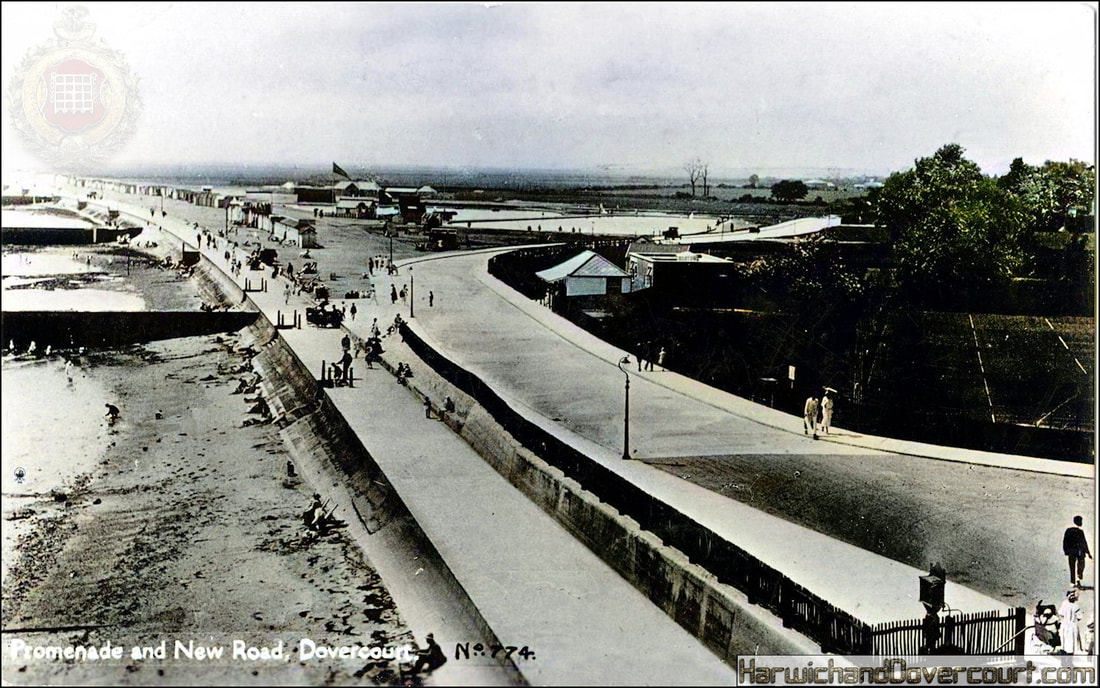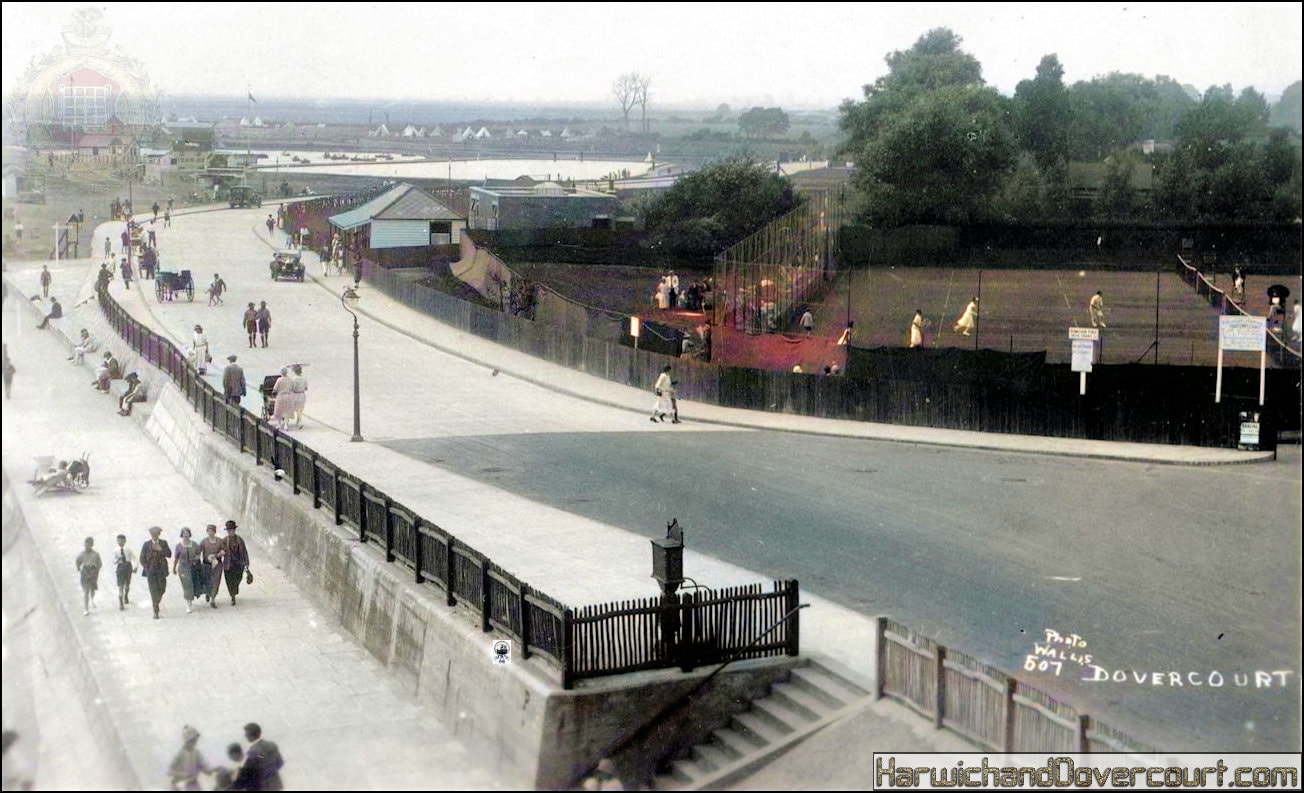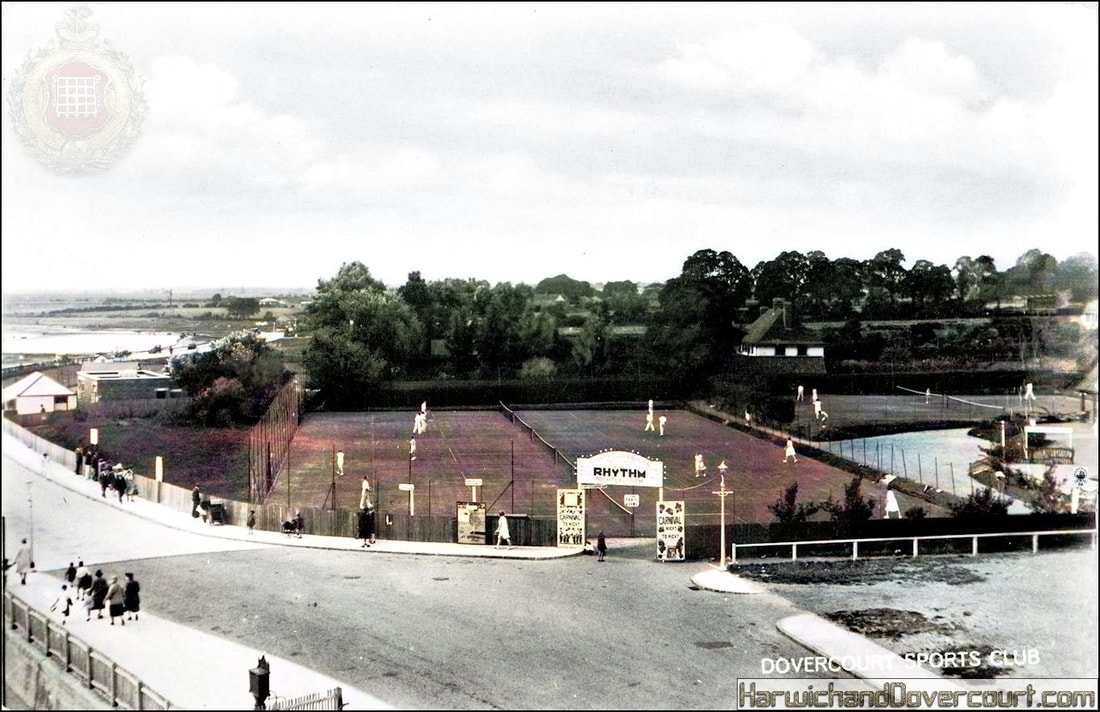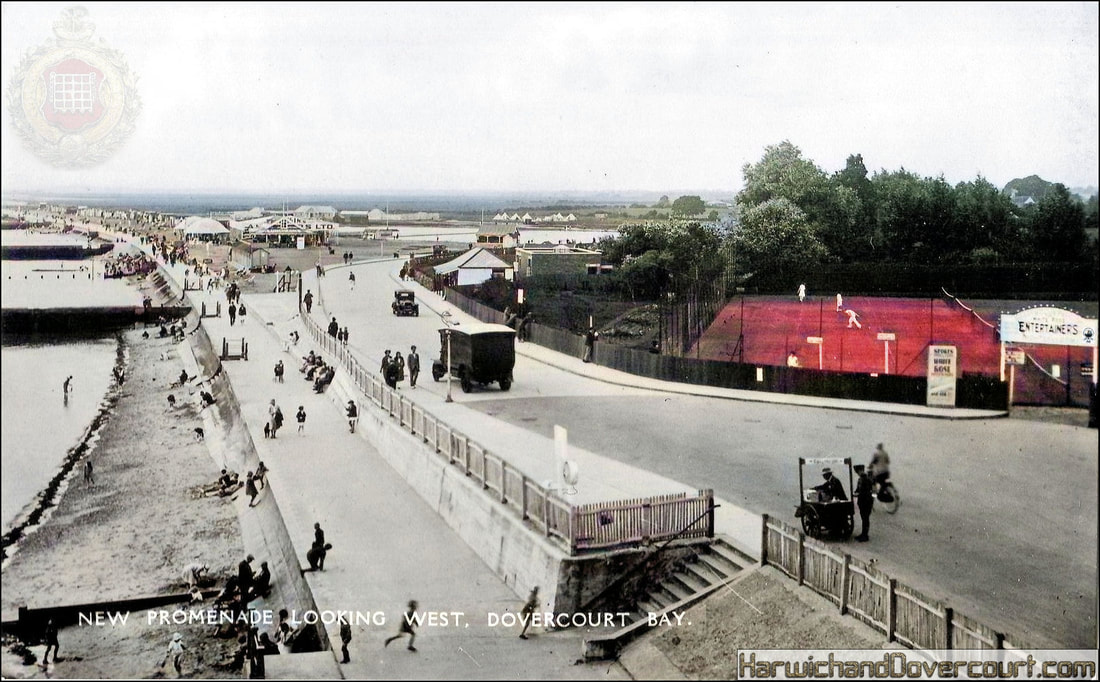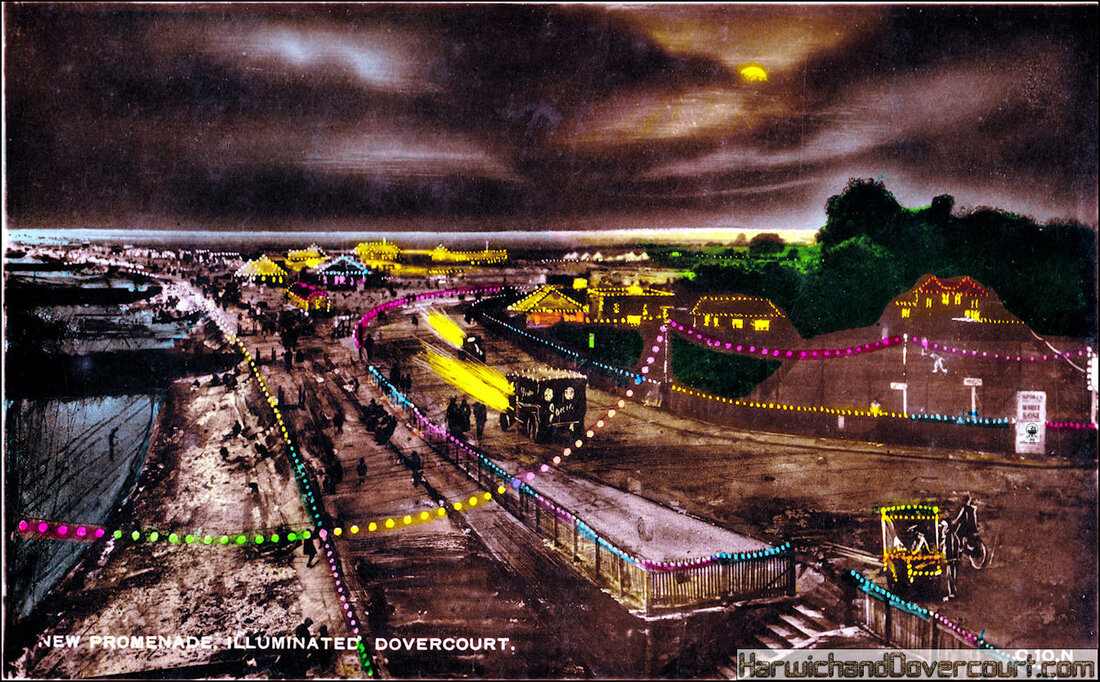~ Additions & Attractions to the Sea-Front between 1922- 1925 ~
At the end of the First World War in 1918, many returning servicemen reclaimed the available jobs, resulting in a fall in the numbers of female workers, particularly in industry and trade which had also declined in size from its pre-war levels.
After the post-war boom of 1919-20 ended, UK unemployment rose sharply to over 10% and stayed high until the Second World War. The unemployment problem was particularly depressing for the many servicemen who returned from the “front” to find a lack of jobs on their return.
The 1920s are sometimes referred to as the ‘roaring twenties’, but for the UK economy, it was a period of persistent mass unemployment, depression, deflation and a steady decline in the UK’s former economic pre-eminence. During the war, Britain had sadly lost much of its export trade to other nations particularly the U.S.A. and Japan.
By 1921 Unemployment had hit 11% and the Government encouraged and supported investment opportunities to alleviate the problem, hence the building of the new promenade and leisure facilities at Dovercourt Bay, Essex.
After the post-war boom of 1919-20 ended, UK unemployment rose sharply to over 10% and stayed high until the Second World War. The unemployment problem was particularly depressing for the many servicemen who returned from the “front” to find a lack of jobs on their return.
The 1920s are sometimes referred to as the ‘roaring twenties’, but for the UK economy, it was a period of persistent mass unemployment, depression, deflation and a steady decline in the UK’s former economic pre-eminence. During the war, Britain had sadly lost much of its export trade to other nations particularly the U.S.A. and Japan.
By 1921 Unemployment had hit 11% and the Government encouraged and supported investment opportunities to alleviate the problem, hence the building of the new promenade and leisure facilities at Dovercourt Bay, Essex.
~ Dovercourt Beach Development 01 (1907) H&D FW ~
The Beach, Dovercourt Bay, Prior to any development
Dovercourt Beach Development 02 (1920) H&D F
The first project was the completion of the “New Phoenix Hotel” in 1919, which replaced the earlier one destroyed by fire on the 28th May 1914.
Work originally commenced in 1915, by Messrs Bullard & Sons, but due to the war, the builders were required on war duties hence work was not completed until after the war had finished.
Work originally commenced in 1915, by Messrs Bullard & Sons, but due to the war, the builders were required on war duties hence work was not completed until after the war had finished.
Dovercourt Beach Development 03 (1921) H&D F
In 1921 Harwich Borough Council purchased land, mudflats and salting from Mr P. J. Graves for £1,000 to extend the promenade southward to the length that it is today.
Work commenced in 1922 and initially cost £18,925, with completion in 1924 at a final cost of £63,000 including the new sea defences.
Work commenced in 1922 and initially cost £18,925, with completion in 1924 at a final cost of £63,000 including the new sea defences.
Dovercourt Beach Development 04 (1922) H&D F
The first section completed in 1922
Dovercourt Beach Development 05 (1922) H&D F
Dovercourt Beach Development 06 (1922) H&D F
Dovercourt Beach Development 07 (1922) H&D F
Dovercourt Beach Development 08 (1923) H&D F
The second section being completed during 1922/23
Dovercourt Beach Development 09 (1923) H&D F
Dovercourt Beach Development 10 (1923) H&D F
Dovercourt Beach Development 11 (1923) H&D F
Dovercourt Beach Development 12 (1923) H&D F
Dovercourt Beach Development 13 (1924) H&D F
1924 saw new tourist attractions of a golf course, putting green, boating lake, yachting pond and paddling pool which cost £1,100. Along with a swimming pool, which could provide safe bathing irrespective of the tides. Local builders Fisher & Woods were awarded the £6,500 contract for the 210 feet long 75 feet wide with depths from 2 feet six inches to 6 feet, changing rooms were provided at each end of the pool for men and ladies. The new facility was opened on 5th July 1924 by Harwich Mayor Mrs Lucy Hill.
Dovercourt Beach Development 14 (1925) H&D F
1925 was marked by the extension to Lower Marine Parade, which was officially opened on the 21st April 1925 at 5:30 pm, by Lt-ofl J. Moore-Brabazon (Minister of Transport).
The new road cost £5,900 with funds derived from the "Unemployment Grants Committee". The road itself used new methods of construction including granite kerb stones and reinforced concrete, partly due to the fact it was built along the shoreline, in some parts below the high-water mark.
The new road cost £5,900 with funds derived from the "Unemployment Grants Committee". The road itself used new methods of construction including granite kerb stones and reinforced concrete, partly due to the fact it was built along the shoreline, in some parts below the high-water mark.
Dovercourt Beach Development 15 (1925) H&D F
Dovercourt Beach Development 16 (1926) H&D F
Dovercourt Beach Development 17 (1926) H&D F
Dovercourt Beach Development 18 (1926) H&D F
1925 Also bought the addition of three new hard court tennis courts, which were officially opened on 25th June 1925 by Harwich Mayor T. J. Denny. Along with an amusement hall which opened for the start of the 1925 summer season.
